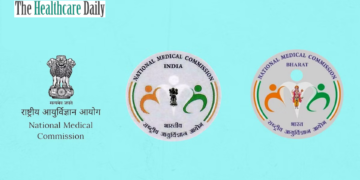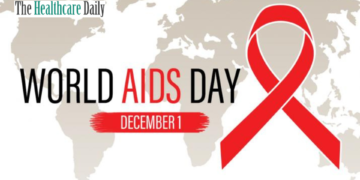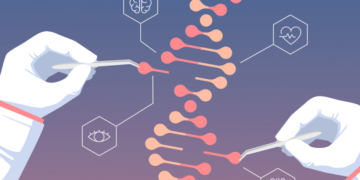The opioid epidemic is a public health crisis that has had widespread, negative consequences for individuals, families, and communities across the country. Opioids are responsible for an estimated overdose every 14 minutes and the opioid crisis continues to impact all parts of American society. People of all ages, races and socioeconomic statuses struggle with opioids, from those in urban areas to rural townships.
The ongoing opioid epidemic has devastating effects on individuals, families, and communities. It is important to understand its causes as well as potential solutions in order to effectively combat it. This blog post provides an overview of the opioid epidemic from a public health perspective.
What is the Opioid Epidemic crisis?
Opioids are a class of drugs that include opioid analgesics, such as codeine, oxycodone (such as Percocet or OxyContin), hydrocodone, and morphine. Overprescription of opioids has been a contributing factor in the opioid epidemic from the start. In fact, the CDC reports that by 2013, nearly half of all opioid analgesics were being prescribed for non-cancer pain and a whopping 85 per cent for pain lasting longer than three months.

Opioids are highly effective at managing pain and can be extremely helpful to people suffering from chronic pain. However, due to changes in the prescription drug-taking culture, and the widespread overprescribing of opioids in the U.S., many people are now taking opioids longer than they need to and becoming addicted to them.
Due to the impact that this epidemic has had on all aspects of society, including public health, let’s discuss in more detail how this opioid crisis is affecting public health.
Opioid misuse in public health
In the opioid crisis, misuse and abuse of prescription opioids are significant concerns. The National Survey on Drug Use and Health (NSDUH) found that nearly 6 per cent of Americans aged 18 or older had misused prescription opioids within the past month as of 2016. The misuse rates were highest among people aged 18 to 25 and those aged 26 or older. People who misuse opioids are at a higher risk of becoming addicted to them.
According to the Substance Abuse and Mental Health Services Administration (SAMHSA), there were over 2 million people addicted to opioids in 2016. This translates to about 9 per cent of all people with a substance use disorder.
Perhaps even more concerning, the CDC found that 42 per cent of people who misuse opioids did not require treatment. This means that an alarming amount of people who misuse opioids are not receiving any form of therapy.
How has the Opioid Epidemic crisis impacted public health?
The impact that opioids are having on public health can be seen in the rising number of deaths. According to the CDC, opioid-related deaths rose to an all-time high of nearly 49,000 deaths in 2016. This is an astonishing increase of more than 20,000 deaths from 2014 to 2015. Many of these deaths were caused by drug overdose. Such a high number of deaths from opioids has significant implications for public health.
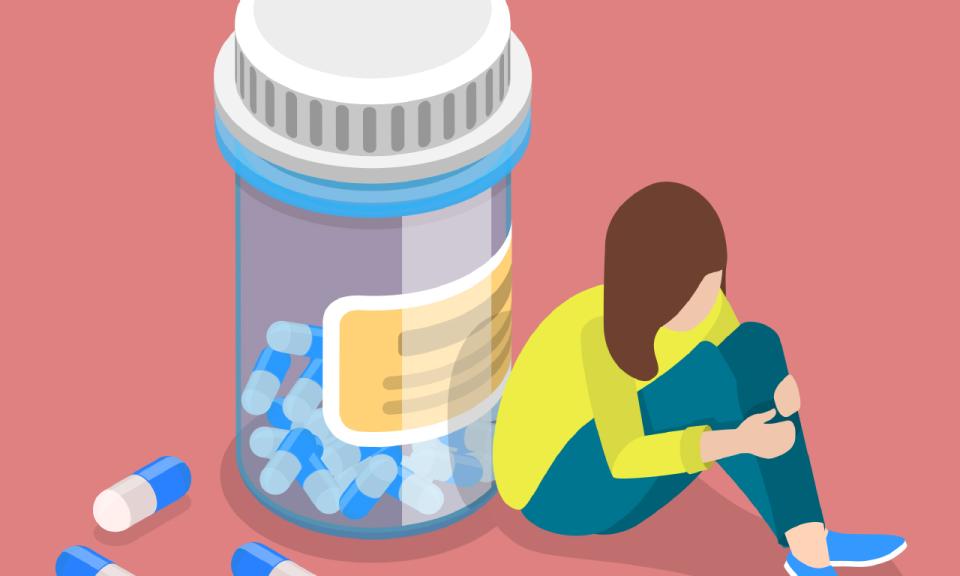
A high number of deaths from a particular cause is known as a “cause-of-death epidemic.” Such an epidemic affects both the number and the types of diseases that are emerging. This can lead to an increase in infectious diseases and other conditions that would otherwise normally be rare. The impact that the opioid crisis has had on the overall death rate in the U.S. can be seen in the fact that the overall death rate has remained relatively constant for decades.
However, according to a study published in the American Journal of Public Health in 2018, the opioid epidemic has been the sole driver of the recent increase in the death rate.
Tips for protecting yourself from the Opioid Epidemic
The opioid crisis has forced public health officials to rethink how they approach prevention. This includes the idea of “harm reduction,” where you take steps to reduce harm if you are using drugs. One example of this is using sterile needles for injecting drugs. This prevents transmitting bloodborne diseases such as hepatitis and HIV/AIDS.
You can also use a condom or other barrier method when having sex with someone who uses drugs. This prevents the transmission of STIs and unwanted pregnancies. You can also use a naloxone kit to reverse the effects of an opioid overdose.
Types of opioids and their effects on the body
Opioids are substances that act on the nervous system and brain to cause opioid effects. The two primary opioid effects are analgesia and euphoria. Analgesia is the involvement of opioid receptors to block pain. It is the basis of opioid use for chronic pain management.

Euphoria occurs when higher opioid levels in the brain cause feelings of relaxation and well-being. Abuse and dependence occur when the opioid receptors become overactive, leading to the side effects of opioid agonism.
Causes of the Opioid Epidemic
Addiction – Addiction is a brain disease that is triggered by opioid receptors. Addiction is characterized by compulsion and uncontrollable urges to use opioids, even if it negatively affects the individual’s health and daily activities. For example, someone who uses opioids daily even though they are in pain is experiencing addiction. People become addicted to opioids after repeated use.
Long-term opioid use causes changes in the brain’s reward system, making it difficult to stop using opioids. This is called dependence. In the United States, approximately two million people suffer from opioid abuse or dependence. However, the number of people abusing opioids is likely much higher due to only a small percentage seeking treatment.
The Opioid Epidemic Crisis at a glance: Key Statistics
- 49 Americans die every day from opioid overdoses
- enough people to fill the U.S. Capitol five times over
- In 2014, there were more than 2.5 million people who admitted to abusing opioids
- enough people to fill the Empire State Building nearly 11 times over
- Nearly two-thirds of people who use opioids for a long time become addicted
- enough people to fill the entire population of New Jersey nearly four times over
- About 65 per cent of people who use opioids for a long time will develop a chronic pain condition
- About 30 per cent of people who use opioids for a long time will develop an opioid use disorder –
- and addiction About 4 per cent of the general population is addicted to opioids
- About 61 per cent of people who abuse opioids acquired them through a prescription
Opioids in the U.S.: A top-level overview
The opioid epidemic has affected nearly every part of American society. However, specific populations are at an even greater risk of being impacted, including rural and urban areas, minority groups, people with substance use disorders, and people who are LGBTQ+. The factors that put individuals at risk of the opioid epidemic include socioeconomic status, access to healthcare, and substance use.
Opioids are highly addictive drugs that have prescription drugs like oxycodone (OxyContin®) or hydrocodone (Vicodin®), as well as illegal opioids like heroin and fentanyl. They are used for pain and are highly addictive for both medical and non-medical use.
Prevention is an essential part of the Opioid Epidemic Response
Effective prevention strategies can significantly reduce the number of people who become addicted to opioids, decrease the number of people who abuse opioids, and prevent people from ever abusing opioids in the first place. Compared to most other major public health problems, opioid use and abuse falls under the purview of public health. Therefore, it is imperative that the field of public health work together with medical and non-medical teams to develop a comprehensive and effective anti-opioid response.
Effective prevention strategies are necessary components of the public health response to the opioid epidemic. Since the majority of people who use opioids do so for pain, it is important to increase access to alternative pain management strategies, such as non-opioid medications, physical therapy, and alternative pain treatments. It is also important to increase access to evidence-based opioid treatment programs.
Treatment as an important component of the Opioid Epidemic Response
In addition to treating opioid use disorders and providing opioid addiction care, effective substance use disorder (SUD) care includes providing individuals and their families with the resources and support to prevent opioid misuse and abuse. This includes opioid-specific training for healthcare providers and opioid education for families.
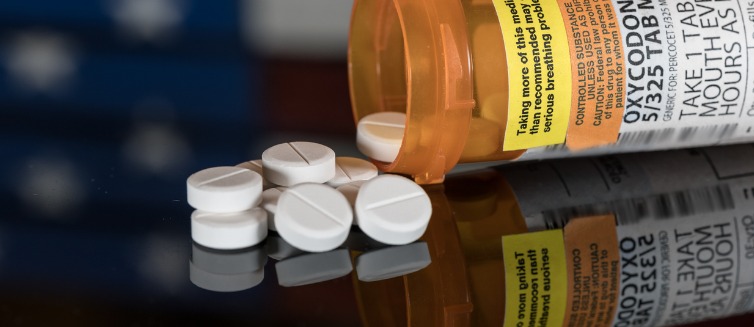
Effective treatment for opioid use disorders includes medications such as buprenorphine (Suboxone®) or naloxone (Narcan®) as well as evidence-based psychosocial treatments such as cognitive behavioural therapy (CBT), motivational incentives, and social skills training.
Conclusion
In the face of this epidemic, many public health institutions are being negatively impacted as well. Some are being forced to shut down or are being underfunded, which can affect their ability to respond to and prevent the spread of infectious diseases. The opioid crisis has also forced public health officials to rethink how they approach prevention. This includes the idea of “harm reduction,” where you take steps to reduce harm if you are using drugs.
There are many ways that you can protect yourself from the opioid epidemic, including using sterile needles for injecting drugs, using a condom when engaging in sexual activity with someone who uses drugs and using a naloxone kit to reverse the effects of an opioid overdose.



